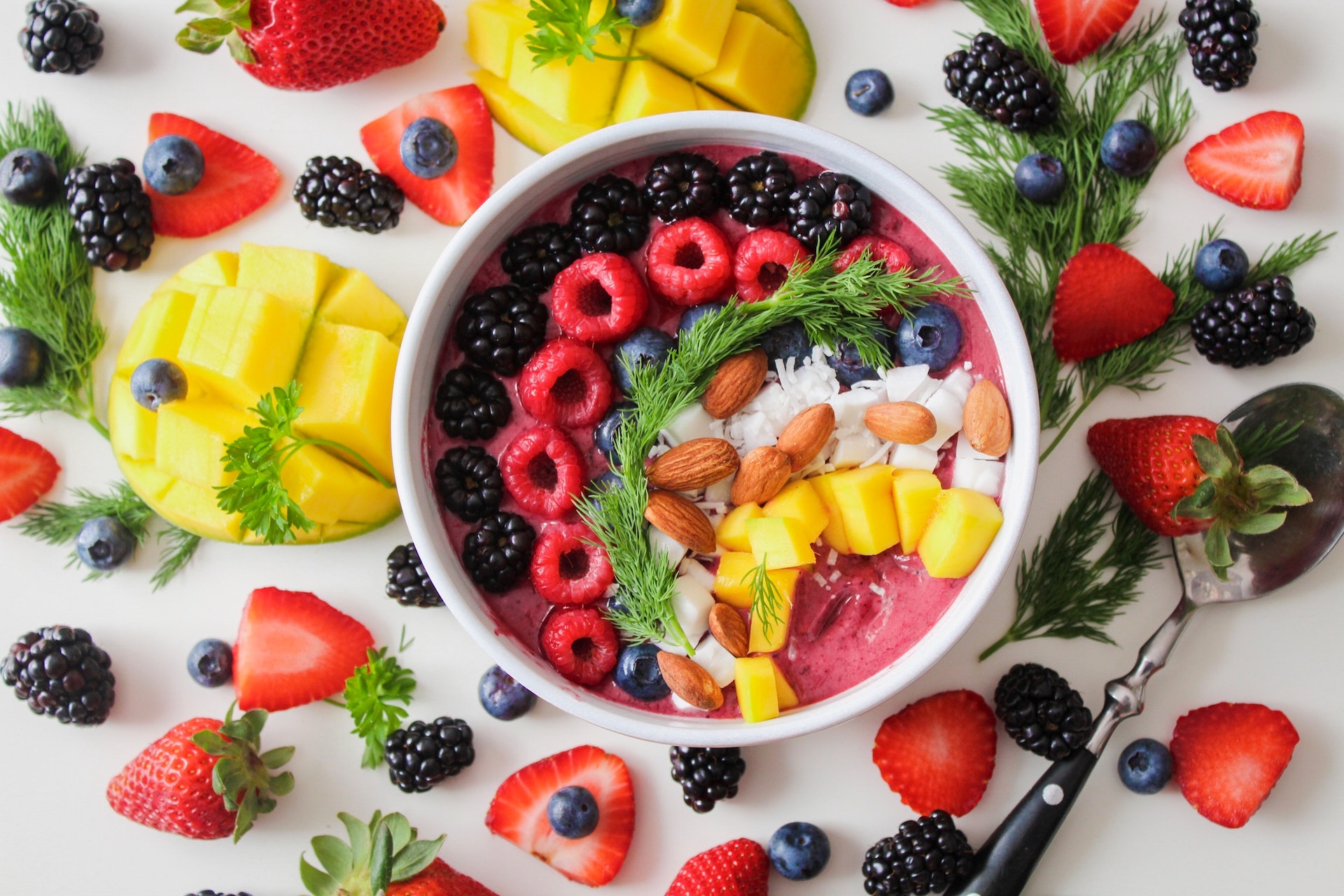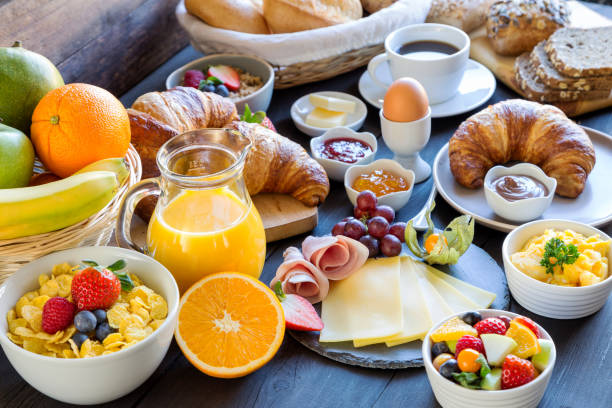Introduction to Food Photography
Food photography is more than just a way to capture a meal—it is a powerful tool that can evoke emotions and tantalize taste buds. In today’s visually-driven world, where scrolling through social media feeds has become the norm, the importance of capturing audience attention through stunning visuals cannot be overstated. Food photography has the unique ability to make your audience drool with a single glance, and in this article, we will explore expert advice on how to shoot like a pro and achieve breathtaking food photography.
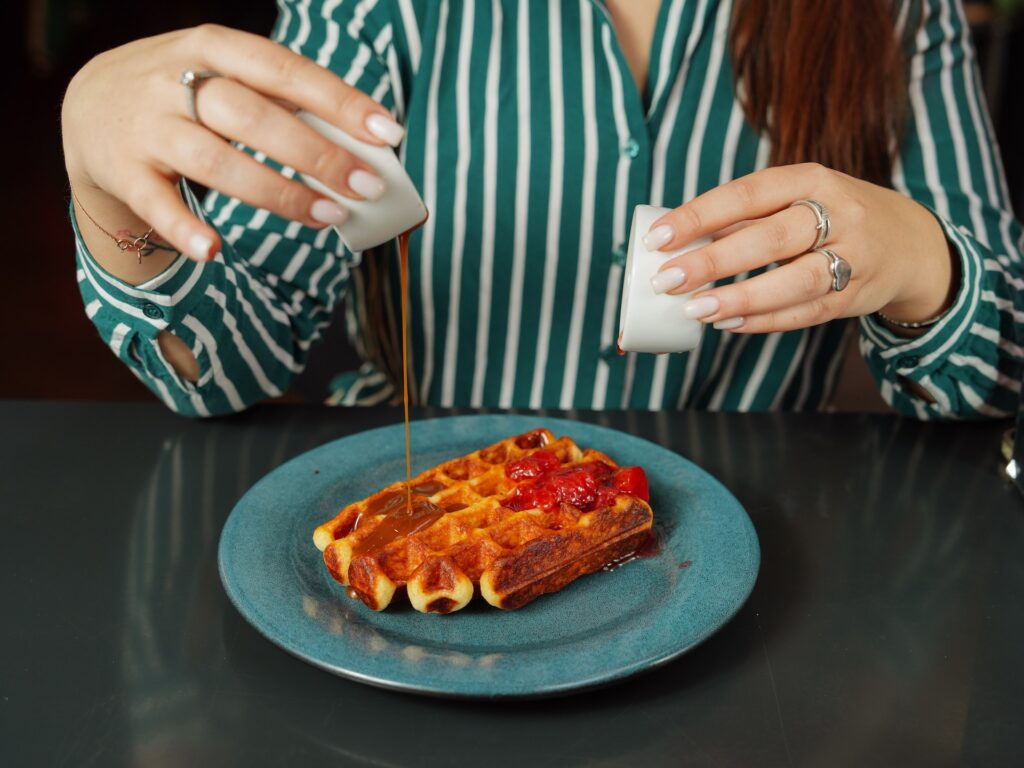
Preparing for a Succulent Shot:
To embark on your journey of capturing mouthwatering food photos, you will need a few essential tools in your arsenal. The right camera and lenses play a significant role in achieving the desired results. Look for a camera with high resolution and excellent low-light performance to bring out the intricate details and vibrant colors of your culinary creations. When it comes to lenses, a macro lens can work wonders in capturing the minute details that make a dish stand out.
Understanding lighting techniques is another crucial aspect of food photography. Natural light is often the best choice, as it brings out the true colors and enhances textures. However, there may be times when you need to work with artificial lighting. Experiment with different lighting setups to set the mood and highlight the appetizing aspects of your dish.
Setting Up the Perfect Scene:

Creating an enticing scene for your food photography can greatly enhance its visual appeal. The right background and props can elevate the overall composition. Choose a background that complements the colors and textures of your dish, whether it’s a rustic wooden table or a clean, minimalist surface. Props such as vintage utensils, colorful linens, or fresh herbs can add interest and provide context to your composition.
Colors and textures play a vital role in creating a captivating image. Experiment with contrasting colors and incorporate a variety of textures to add depth and visual interest to your photograph. Don’t be afraid to think outside the box and incorporate natural elements like flowers or leaves to breathe life into your composition.
Mastering the Art of Food Styling:
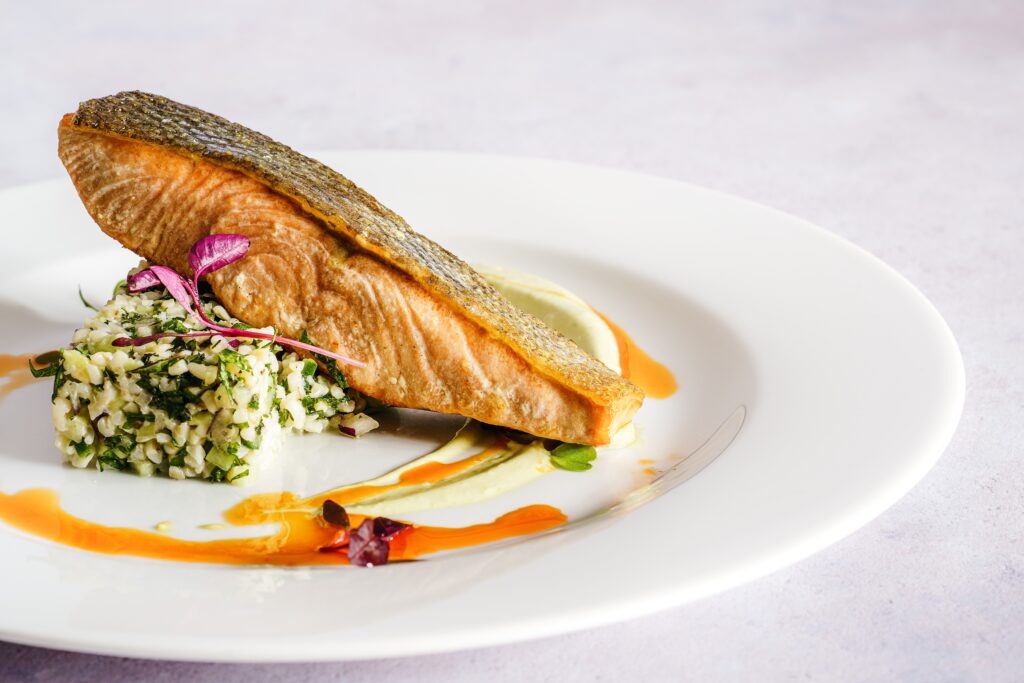
Food styling is a skill that can truly make or break a food photograph. Arranging your dish strategically can maximize its visual impact. Consider the shape and color of the food and arrange it in a visually pleasing manner. Creating layers or adding height to your composition can enhance the sense of depth and dimension, making your dish more enticing.
Garnishes and plating techniques can also elevate the appearance of your dish. A sprinkle of fresh herbs, a drizzle of sauce, or a perfectly placed dollop of cream can add visual interest and bring out the flavors of your creation. Pay attention to small details, as they can make a big difference in the overall presentation.
Capturing Flavor with Lighting Techniques:
Lighting is instrumental in capturing the mouthwatering flavor of your dish. Natural light is often the best choice, as it can bring out the true colors and textures, resulting in more appetizing photos. Position your subject near a window to benefit from soft, diffused light. Experiment with different angles to find the most flattering lighting for your dish.
In situations where natural light is not available or is insufficient, artificial lighting can come to the rescue. Whether you’re using a professional lighting setup or a simple desk lamp, be mindful of the direction, intensity, and color temperature of the light. Controlling the lighting will allow you to set the mood and highlight the most delicious aspects of your food.
Getting Up Close and Personal:
Macro photography can be a game-changer when capturing intricate details. It allows you to focus on the minute textures and patterns that make your dish unique. Invest in a macro lens or utilize the macro setting on your camera to achieve tack-sharp focus on the subject. Experiment with different angles and perspectives to find the most flattering and visually appealing composition for your food.
Telling a Delicious Story:
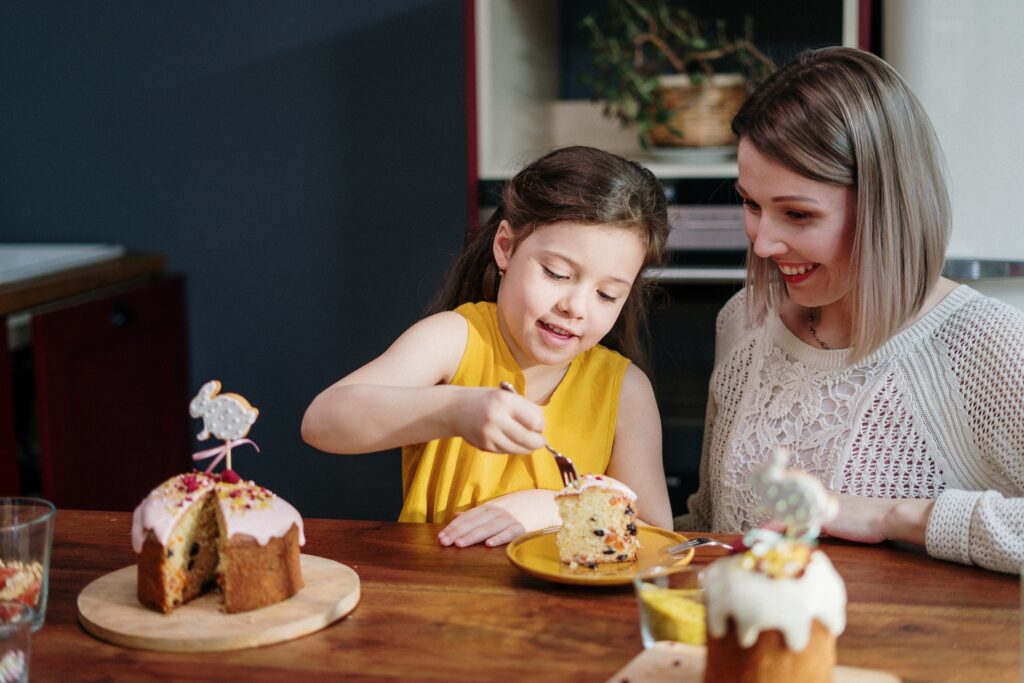
Incorporating props can help create a captivating narrative in your food photography. Consider the story you want to tell with your dish and choose props that complement the theme. Whether it’s a rustic farmhouse table setting or an elegant dinner party scene, the props can add depth and context to your photograph.
Action shots can add dynamism and excitement to your food photography. Capture pouring sauce, melting cheese, or someone taking a bite to create a sense of movement and enhance the storytelling aspect of your image. Additionally, using sequences and series of photos can showcase the cooking process and create a compelling visual story that will captivate your audience.
Post-Processing Magic: Enhancing Photos:
Editing plays a crucial role in enhancing the visual appeal of your food photos. Choosing the right software can make a significant difference in the quality of your edits. Look for programs that offer a wide range of tools for color correction, exposure adjustments, and retouching.
When editing your food photos, focus on enhancing the colors and tones to make the dish look even more appetizing. Adjust the white balance to ensure accurate representation of the colors. Experiment with color grading to create a cohesive look throughout your photos. Remove any imperfections or distractions to achieve a polished finish, and sharpen the image to bring out the details and textures.
Showcasing Your Culinary Creations Online:
In today’s digital age, social media platforms have become essential for gaining exposure and sharing your food photography. Utilize platforms like Instagram, Pinterest, or Facebook to showcase your culinary creations. Be consistent in the quality and style of your photos, maintaining a cohesive visual identity that represents your unique perspective.
Creating an effective food photography portfolio can also help you stand out in the crowd. Select your best, most mouthwatering images and organize them in a visually appealing manner. Consider providing a brief description or story behind each photograph to engage with your audience on a deeper level.
Writing compelling captions can further enhance the impact of your food photos. Provide details about the ingredients, flavors, or cooking process to inform and inspire your audience. Engage with your followers by responding to comments and sparking conversations about food and photography.
Styling and Photography Tips for Specific Foods
1. Baking Delights
Baking delights, such as pastries, deserve special attention in food photography. The challenge lies in capturing the essence of their delectability. Focus on composition techniques that highlight the intricate layers and textures of bread, cakes, and cookies. Consider shooting from different angles to showcase the crumb structure and mouthwatering golden-brown crusts.
2. Vibrant Fruits and Vegetables
When photographing fruits and vegetables, it’s important to capture their freshness and vibrant colors. Showcasing the variety of colors and textures through careful composition can make your photos visually appealing. Experiment with arranging fruits in patterns or using a mix of different vegetables to create visually striking arrangements.
3. Sizzling Meat and Seafood
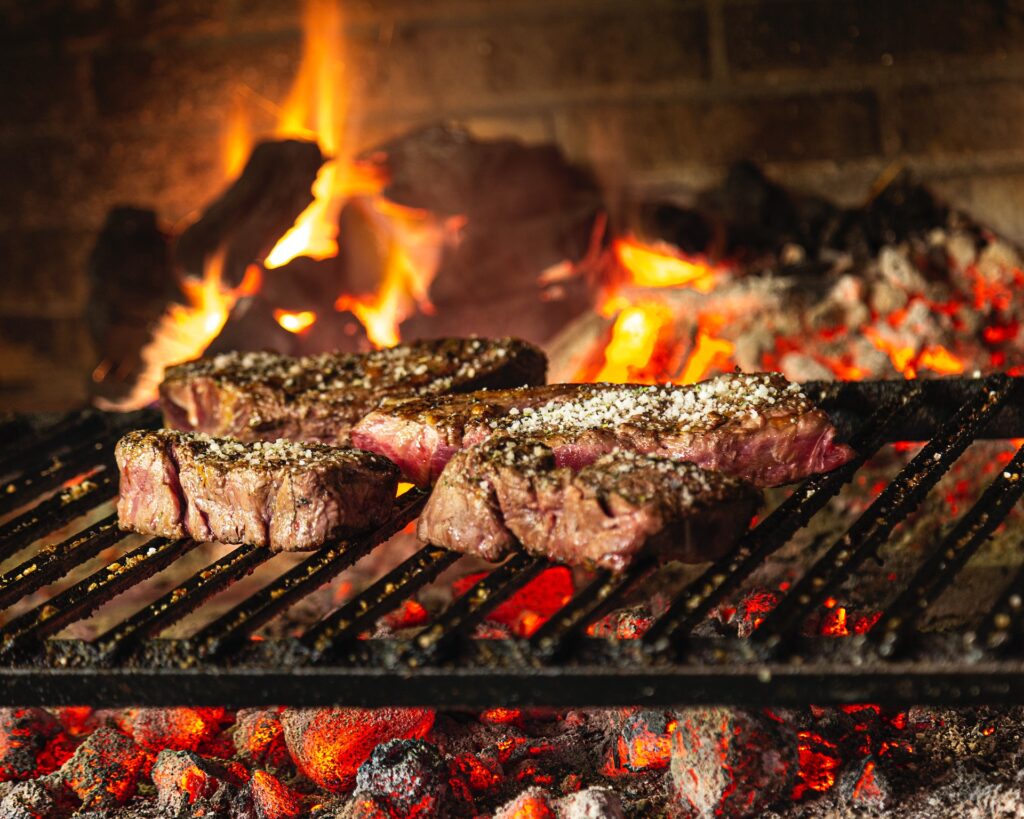
Meat and seafood have their own unique qualities that need to be highlighted in food photography. To make the meat look juicy and tender, consider using cooking techniques that bring out these qualities. Capture the uniqueness of different cuts and preparations by experimenting with different angles and lighting setups. In the case of seafood, pay attention to the color and texture, making sure to enhance them in your photographs.
4. Sweet Treats
Desserts are a favorite subject in food photography, and capturing their richness is key. Focus on techniques that showcase the gooeyness, creaminess, or crunchiness of sweets. Experiment with different compositions that highlight the different layers or textures. Consider using props such as a scoop of ice cream or a dusting of powdered sugar to add visual interest.
Mastering the Art of Editing for Food Photography
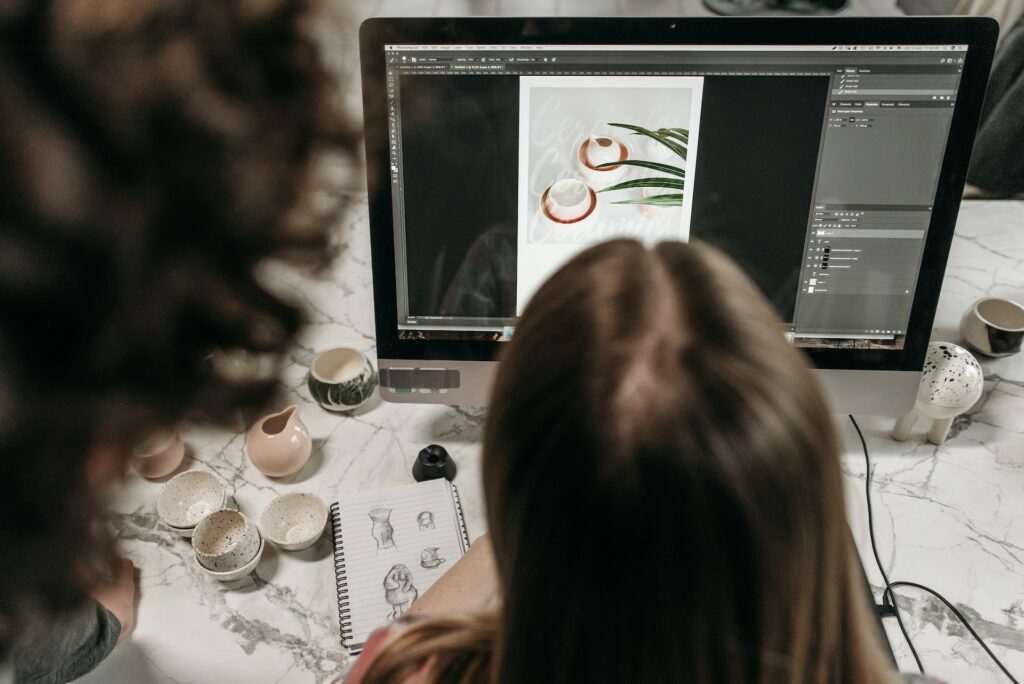
1. Editing Techniques for Colors
Editing colors is essential for creating appetizing food photos. Enhance the hues and tones to bring out the vibrancy and freshness of the ingredients. Adjust the white balance to ensure accurate representation of the colors, particularly if you’re working with artificial lighting. Utilize color grading techniques to create a cohesive look and enhance the overall visual appeal.
2. Dodging and Burning for Depth
Dodging and burning are editing techniques that can add depth and dimension to your food photos. By selectively brightening or darkening specific areas, you can create a three-dimensional quality that makes the dish come alive. Balancing highlights and shadows is crucial to achieving a realistic look and enhancing the textures of the food.
3. Removing Blemishes and Imperfections
Spot removal techniques can make a significant difference in presenting a clean and polished dish. Remove any unwanted blemishes, scratches, or specks to ensure a pristine presentation. Additionally, reduce distractions or imperfections that may take away from the overall visual appeal. Retouching food photos should be done with subtlety, aiming for a natural and appetizing look.
Summary of Key Takeaways
- To shoot like a pro and create stunning food photography, it is crucial to:
- Invest in essential equipment such as a high-resolution camera and the right lenses
- Understand and experiment with different lighting techniques, both natural and artificial
- Set up the perfect scene with appropriate backgrounds and props to enhance visual appeal
- Master the art of food styling by arranging and garnishing dishes strategically
- Utilize lighting techniques to capture flavor and highlight appetizing aspects
- Experiment with angles, perspectives, and macro photography to showcase intricate details
- Tell a delicious story with props, action shots, and sequences
- Enhance photos through post-processing techniques that bring out colors and tones
- Utilize social media platforms and create an effective food photography portfolio to gain exposure
- Write compelling captions and engage with your audience
- Focus on specific styling and photography tips for different types of food
- Master editing techniques for colors, depth, and blemish removal
FAQs
What camera equipment is best for food photography?
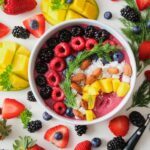
There isn’t a one-size-fits-all answer to this question, as it depends on your budget, preferences, and photographic goals. However, look for a camera with high resolution and excellent low-light performance, paired with a macro lens for capturing intricate details.
How can I create a professional-looking composition with limited props?
Limited props shouldn’t discourage you from achieving a professional-looking composition. Focus on selecting props that complement the theme or story of your dish. Simplicity can often be more effective, so don’t be afraid to experiment with negative space and minimalistic compositions.
What are some common lighting mistakes to avoid in food photography?
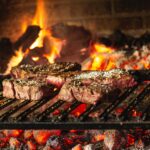
One common mistake is using harsh, direct lighting that creates unflattering shadows and highlights. Another mistake is relying solely on artificial lighting without considering the benefits of natural light. Experimenting with lighting setups and understanding how different light sources behave will help you avoid these common pitfalls.
How can I make my food photos stand out on social media?
Consistency is key when it comes to making your food photos stand out on social media. Establish a cohesive visual identity by using similar editing styles, color schemes, and compositions. Engage with your audience through compelling captions and actively responding to comments and messages.
Is it necessary to invest in expensive editing software for food photography?

While expensive editing software can provide advanced tools and features, it is not a necessity. There are many affordable or even free editing software options available that can produce excellent results. Ultimately, it’s the photographer’s skills and creativity that make the biggest difference in the quality of food photography.

